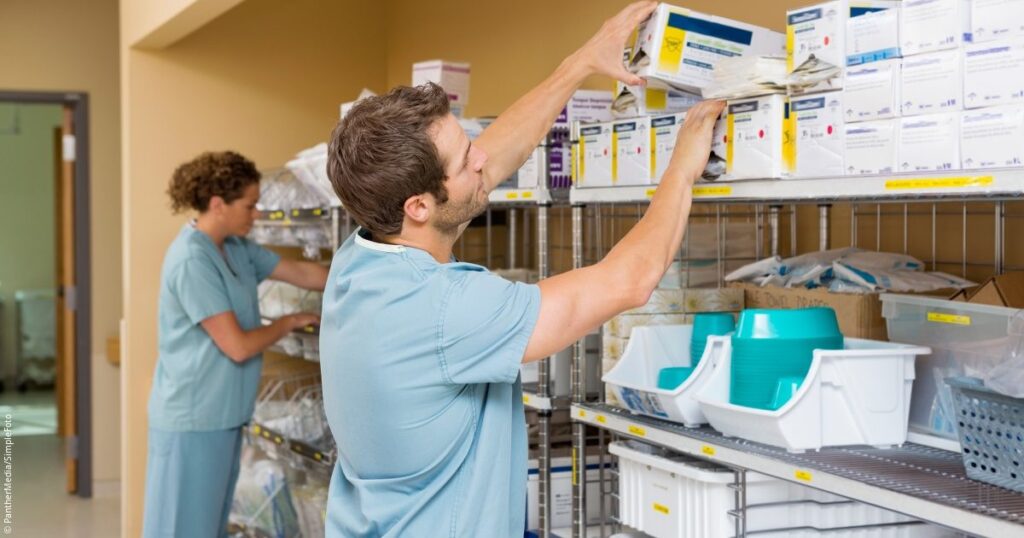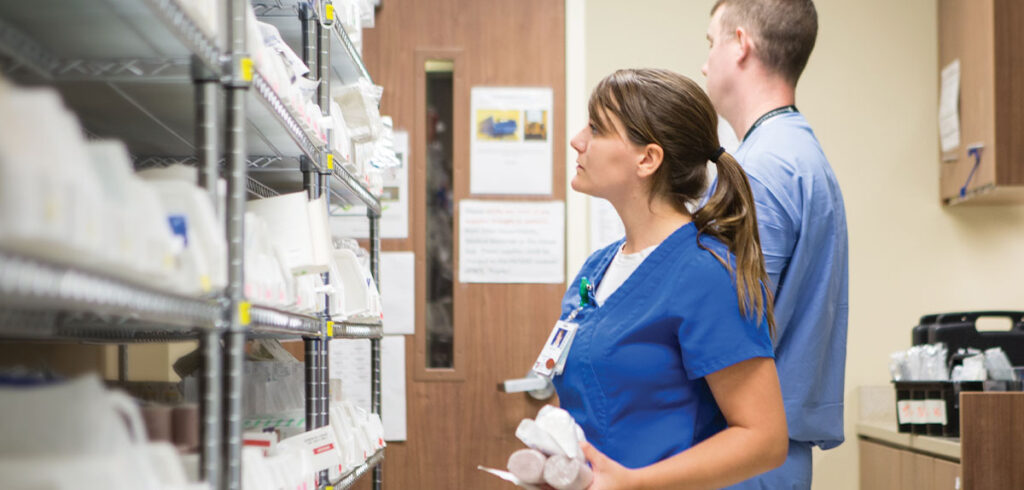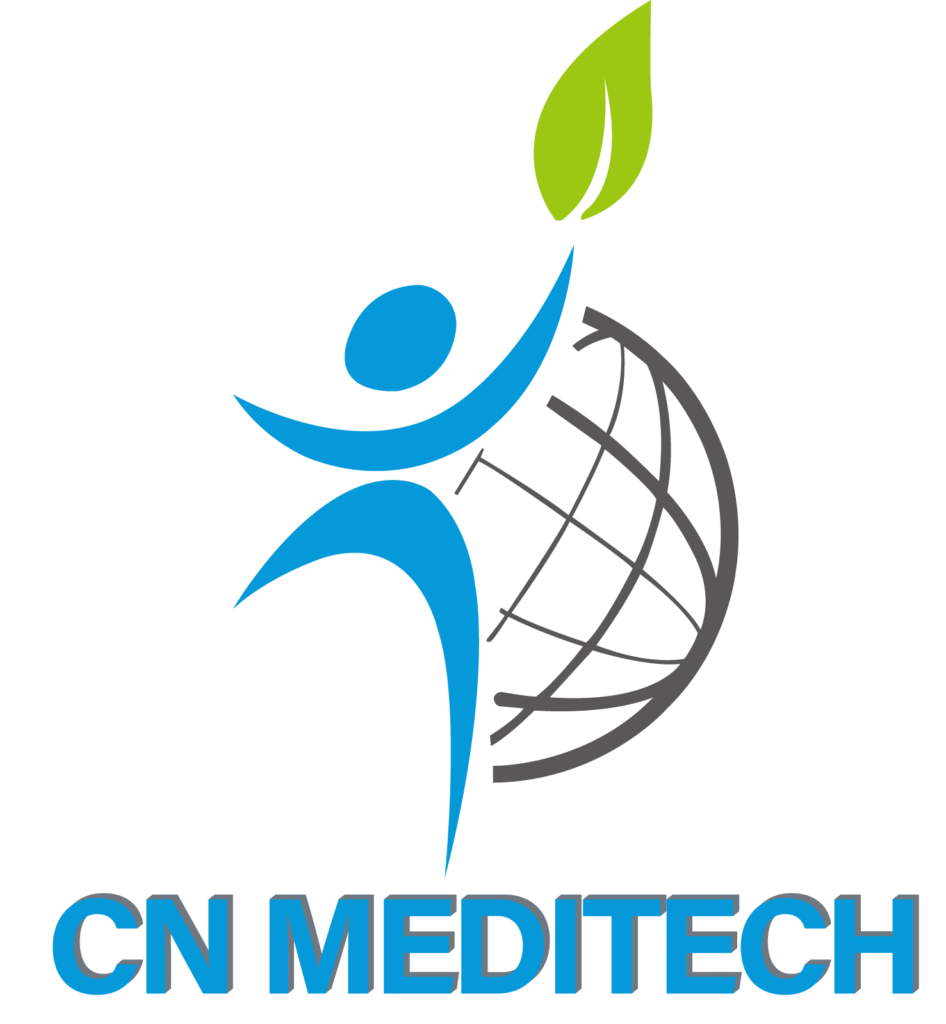Introduction
Logistics management refers to the management of various non-medical activities that support and guarantee medical services during the operation of the hospital. It includes material procurement, equipment maintenance, environmental sanitation, personnel scheduling and other aspects, and is one of the important links in hospital management.
As an important part of medical services, hospitals are facing growing management challenges while providing high-quality medical services. As an important link in hospital management, logistics management plays a vital role in the hospital’s operating efficiency, resource utilization and service quality. Through reasonable material management and equipment maintenance, the smooth progress of various hospital tasks can be ensured, and the efficiency and quality of medical services can be improved. In addition, logistics management has a key impact on resource utilization. As a resource-intensive organization, the rational use of various resources is crucial to reducing costs and improving benefits. Logistics management is also directly related to the service quality of the hospital. Good logistics management can provide a safe, comfortable and convenient environment, and provide patients with a high-quality medical service experience.
Functions
1. Material management
Material management is the basic function in the hospital logistics management system. It is mainly responsible for the unified procurement, storage and distribution management of various medical supplies, medicines, office supplies, and consumables in the hospital.
(1) Inventory management: Real-time monitoring of the inventory of various materials to ensure sufficient materials and avoid backlogs and waste.
(2) Procurement management: Systematize the procurement process, provide intelligent procurement suggestions, reduce labor costs and improve procurement efficiency.
(3) Material distribution: Allocate materials to different departments on demand to ensure timely delivery of materials and ensure the smooth progress of daily diagnosis and treatment.
2. Equipment management
Hospital equipment is an important basis for ensuring medical quality. The logistics system needs to uniformly manage and maintain various medical equipment.
(1) Equipment registration and tracking: All hospital equipment is numbered and registered to facilitate tracking of equipment usage and maintenance records.
(2) Maintenance and care: Automatically remind equipment of maintenance cycles to ensure regular maintenance of equipment, reduce failure rates, and extend equipment service life.
(3) Fault management: Once a device fails, the system can report and arrange repairs in a timely manner to reduce equipment downtime during the medical process.
3. Energy management
Hospitals consume a lot of energy, so the management of resources such as water, electricity, and gas is particularly important. The logistics management system helps hospitals reduce operating costs and improve resource utilization through the energy management module.
(1) Energy monitoring: Real-time monitoring of energy usage in various departments of the hospital to detect abnormal consumption in a timely manner.
(2) Energy saving optimization: Through big data analysis, energy saving suggestions are given, and automatic adjustment of energy distribution is supported, such as optimizing the operating time and intensity of equipment such as air conditioners and lighting.
(3) Cost management: Automatic settlement of energy usage costs helps hospitals to reasonably control operating expenses.

4. Environmental management
Hospital cleaning, sanitation, and environmental control are crucial to the recovery of patients. The environmental management function aims to ensure a safe and hygienic environment in the hospital.
(1) Sanitation and cleaning scheduling: Automatically arrange the work tasks of cleaning staff to ensure that various areas of the hospital are cleaned and disinfected on time.
(2) Garbage disposal: Unified management of the treatment process of medical waste and domestic waste to ensure the standardization of garbage classification, recycling, and disposal.
(3) Air quality monitoring: Real-time monitoring of air quality in the hospital, especially in key areas such as operating rooms and ICUs, to ensure that the content of particles and bacteria in the air meets the standards.
5. Safety management
As a public place with dense traffic, the safety issue of the hospital cannot be ignored. The logistics system improves the overall safety of the hospital through the safety management module.
(1) Personnel access management: Through the access control system and monitoring system, the safety of hospital personnel is ensured and unauthorized personnel are prevented from entering important areas.
(2) Fire management: Automatically monitor the hospital’s fire-fighting equipment, such as fire extinguishers and fire alarms, and conduct regular inspections and maintenance to reduce the risk of fire.
(3) Security scheduling: The system can reasonably arrange the work of security personnel to ensure that key areas of the hospital, such as the emergency room and pharmacy, are fully protected.
6. Personnel scheduling
The hospital logistics system also needs to manage a large number of logistics personnel, including cleaners, security personnel, maintenance workers, etc. Reasonable personnel scheduling can improve work efficiency and ensure the timeliness of logistics services.
(1) Task allocation: Automatically generate work plans and reasonably allocate tasks according to the actual needs of the hospital.
(2) Attendance management: Support employee attendance punch-in, track work time and task completion, and improve the transparency of human resource management.
(3) Emergency dispatch: In the event of an emergency or increased demand, the system can quickly call on personnel for emergency response.

7. Patient service support
Modern hospital logistics management systems have gradually expanded to the field of patient services, improving patients’ hospitalization experience through interaction with patients.
(1) Ward environment adjustment: Support patients to adjust the temperature, lighting, etc. of the ward through the system to improve patients’ comfort.
(2) Meal delivery management: The system can arrange meal delivery according to the patient’s dietary needs to ensure that patients receive healthy and nutritious meals.
(3) Goods delivery: Support the ward’s goods delivery needs, such as medicines and daily necessities required by patients, which can be ordered through the system.
Features
1. Systematic management
The primary feature of the hospital logistics management system is systematization. Through information technology, the hospital’s logistics service modules are integrated on a single platform, realizing the linkage and coordination of different business processes. The system integrates functions such as material procurement, equipment management, environmental monitoring, and energy consumption, avoiding the phenomenon of each department acting independently and improving the integrity of management. Data between modules are shared in real time, and hospital management can view the operating status and data analysis results of each link of hospital logistics in real time through a unified platform to support scientific decision-making. The logistics management system handles different business needs through standardized processes, reduces human operational errors, and improves work efficiency.
2. Intelligent operation
With the application of artificial intelligence, big data, and Internet of Things technologies, the hospital logistics management system has gradually developed in the direction of intelligence, greatly improving the accuracy and efficiency of management. The system can monitor the operating status of medical equipment through Internet of Things technology. Once an abnormality of the equipment is detected, the system will automatically warn and arrange maintenance personnel for timely processing. By analyzing energy usage data, the use of energy such as water, electricity, and gas can be intelligently regulated to avoid waste and reduce hospital operating costs. For example, the system can dynamically adjust the power consumption of air conditioners or lighting equipment according to the actual use of the hospital. Through intelligent inventory monitoring, the system can predict inventory shortages in advance and issue replenishment notices to avoid material supply interruptions. At the same time, the procurement of materials can also be automatically optimized by the system according to the hospital’s historical needs and market price fluctuations.
3. Refined management
Refined management is an important trend in modern hospital logistics management systems. Especially for large hospitals, the complexity of logistics management requires the system to monitor and manage every link in detail. The system can accurately allocate materials according to the historical needs of each department, reduce material waste, and ensure that each department obtains the required materials in a timely manner. By accurately counting and allocating the use of resources such as energy, materials, and personnel, it helps hospitals to accurately calculate costs and manage expenses. The scheduling and task allocation of logistics personnel are also more refined. The system can make the best arrangements based on the workload, skills, and task priorities of the personnel to ensure the timeliness and efficiency of logistics services.

4. Real-time and visual management
Another important feature of the hospital logistics management system is its real-time and visual nature. Through big data, monitoring systems, and smart terminal devices, managers can understand the logistics operations of the hospital anytime and anywhere. The system monitors the hospital’s energy consumption, equipment status, and environmental indicators in real time through IoT devices. For example, the temperature and humidity of the operating room and the air quality of the ICU can be monitored and automatically regulated in real time by the system. Hospital management can view the various indicators and operating status of the logistics system through intuitive charts and dashboards, which facilitates rapid management decisions. Information such as equipment usage, material consumption, and energy costs in the system can be presented through a graphical interface, which is convenient for users to understand data trends. The system can immediately issue early warning information when an emergency occurs (such as equipment failure, excessive energy consumption), and automatically generate solutions to ensure the smooth progress of hospital logistics.
5. Security and compliance management
In the logistics management of hospitals, security and compliance are particularly important. Modern hospital logistics management systems ensure that the logistics management process complies with relevant regulations and safety standards through strict process control and data monitoring. The system ensures the safety of the hospital through security monitoring and personnel scheduling. For example, the system can perform access control management on key areas (such as pharmacies and equipment rooms) to prevent unauthorized entry. The system automatically records operations such as equipment maintenance, material procurement, and energy use, and generates compliance reports to help hospitals pass various certifications and audit inspections to ensure that hospital logistics management complies with relevant industry and government regulations.
6. Data-driven decision support
The hospital logistics management system is not only a data recording tool, but also a decision support platform based on big data analysis. Through the analysis of historical data, the system can provide optimization suggestions to help managers develop more scientific management plans. Through the analysis of historical data of the hospital, the system can predict future material needs, energy consumption and equipment usage, helping hospitals to plan and prepare in advance. The system can automatically generate detailed operating cost reports to help managers identify the reasons for cost increases and provide resource-saving solutions. According to the analysis report generated by the system, managers can adjust material procurement plans, personnel scheduling plans, etc., to further optimize the hospital’s logistics management process.
7. Patient service extension
The modern hospital logistics management system not only serves the daily operations of the hospital, but also gradually extends to the service field of patients, improving the patient’s hospitalization experience. Patients can adjust the temperature and light of the ward through the logistics management system to improve the comfort of the hospitalization environment. Patients can submit their needs through the system, such as obtaining additional daily necessities or food, and the system will automatically assign tasks to the corresponding logistics personnel to ensure that the needs are met quickly.
Why Choose Us?

CNMEDITECH is dedicated to the long-term research of the medical consumables market. Our mission is “People oriented and win-win strategy,Matching the real needs of the region with a focus on human health,To be the world’s first-class medical field solution expert”. We have been manufacturing high-quality medical device products for more than ten years.
We have built our reputation on delivering quality healthcare solutions on time and on budget. All our products comply with international health and safety regulations and all products come with a warranty.
Are you still worrying about your customer’s product needs? Are you still angry that the product is expensive?Our medical consumables support personalized product customization.
Our company has many styles to choose from. In addition, we have high-quality pre-sales consulting guidance and professional after-sales service, all to meet your needs.
Whether it is a cost-effective or high-end product, there will always be something suitable for you. If you have any needs for products, you can ask us, our factory will meet your needs as soon as possible, and we will make every effort to provide you with solutions.Feel free to send us your inquiries.








